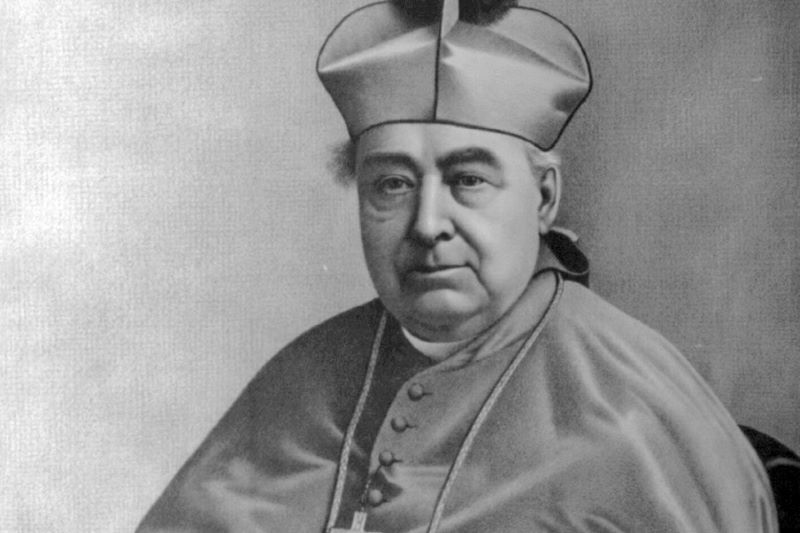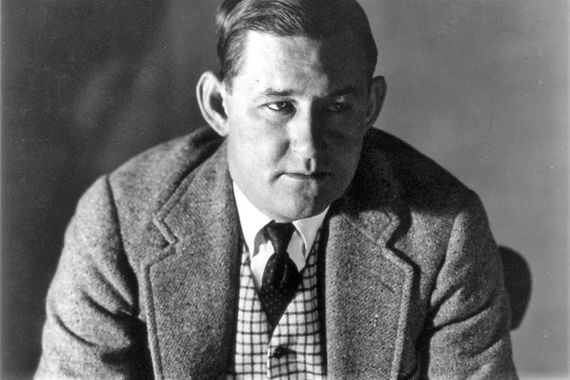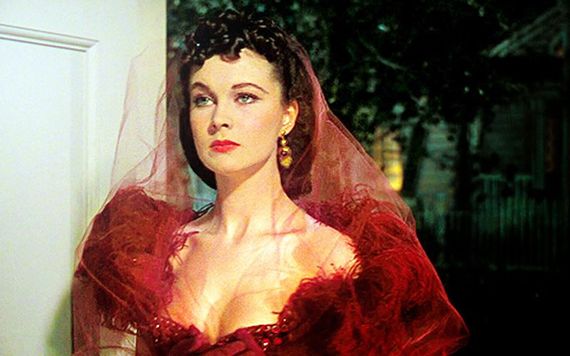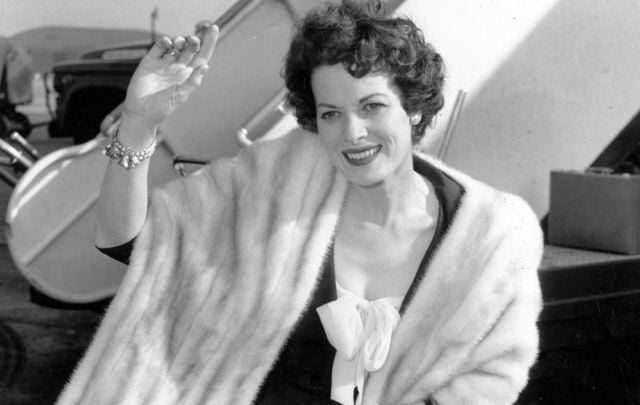Members of the O'Hara clan include archbishops, writers, and movie stars. Do you have O'Haras in your life? Here's their history.
History of the Irish surname O'Hara
Variants: Ó hEaghra
Hailing from County Sligo, O’Hara’s are descendants of Eaghra, once Lord of Luighne (an ancient territory in the province of Connacht) and a member of the household of Ollum, King of Munster.
Eaghra died in 976, but O’Hara clan remained an important sept, and held their ranks as Lords of Luighne (today called Leyney) until the 17th century, and held lands in Sligo up until as recent as the 19th century.
By the 14th century, the clan had divided into two distinct septs, led by two chiefs known as O’Hara Buide (yellow, or fair, presumably referring to his hair) and O’Hara Reagh (rough-faced) and center of septs were held at the village of Ballyharry (from ‘Ballyhara’).
As landlords, O’Haras held over 20,000 acres (8,000 hectares) of land in Sligo, and at one time a branch migrated north to County Antrim, where there were numerous marriages between O’Haras and great families of the area.
Descendants could be found therein later years under the name O’Haran or Haren. Today, most O’Haras are still found in Sligo and Leitrim.
Read more
Famous O'Hara's through history
Of famous O’Haras throughout history, there have been a number of Bishops, including Bishop William O’Hara, first bishop of Scranton, Pennsylvania after whom there is a school named and John Francis O’Hara, Archbishop of Philadelphia who was named Cardinal by Pope John XXIII.

Bishop William O'Hara, 1893. (Public Domain / US Library of Congress)
James O’Hara, an entrepreneur from Co Mayo, went on to be a supporter of General Washington in the American War of Independence. The Irish man is credited with the development of business in Pittsburgh and the development of the West.
In more recent years, celebrated bearers of the name include John O’Hara, distinguished short story writer, and novelist whose works include Appointment in Samarra and Butterfield 8 (latter was made into an Oscar-winning movie, starring Elizabeth Taylor). O’Hara, who wrote regularly for New Yorker magazine, died in 1970.

John O'Hara in 1945 (Public Domain / US Library of Congress)
Screen icon Maureen O’Hara, star of The Hunchback of Notre Dame, Miracle on 34th Street and classic The Quiet Man, was born Maureen Fitzsimons in Dublin. After training at the famous Abbey Theater, she was scouted and taken to London for a screen test with actor Charles Laughton, which led on to fame and fortune.
At the height of her career, Maureen was described as one of the world’s most beautiful women, and enjoyed, in particular, sparkling on-screen chemistry with John Wayne in five feature films they made together between 1948 and 1972. The Maureen O’Hara Foundation Museum is in Glengarriff, Co Cork not far from where the actress lived in the latter part of her life.
Perhaps the most famous O’Hara of all, however, is the fictional character of Scarlett O’Hara, played by Vivien Leigh in the Hollywood epic, Gone with Wind, based on the book by Irish American Margaret Mitchell. Scarlett is the spoiled daughter of a rich plantation owner who finds herself battling dire poverty during the American Civil War.

Scarlett O’Hara, played by Vivien Leigh in Hollywood epic, Gone with Wind.
* Originally published in March 2018. Updated in 2024.




Comments